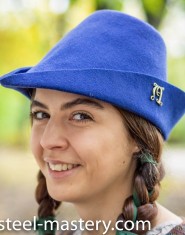Acerca de Prendas para la cabeza
This section contains men’s and women’s headwears. There are models of different hats, hair coverings and hoods, which were required part of outfit in Medieval Europe.
All goods are custom-made according to the historical analogues. We sew them by individual measures and regards of customer.
To purchase one of these chaperons or hennins, you need to do few simple steps:
- Open a page of the wished item;
- Choose fabric (for example, wool, linen or cotton);
- Define the required colour of your headwear;
- Add lining (if available).
If you have any difficulties with choosing, please contact our manager. We’ll help you to specify your size and required model.
Once all options have chosen, you need to add item to the cart and make a payment. After that, manager will contact you with measurement request and specification of order’s details.
If you didn’t find the wished piece of clothing in this section, we can make it individually for you. Just send picture with detailed description to [email protected]. Then we will advise you price and discuss details of order.
The simplest type of women’s headwear was a shawl of cotton, linen or thin wool. In the XII such women started to tie such shawl under the chin and cover a neck with it. Such cover was called “couvre chef”, that means “main cover”. Noble ladies were wearing headbands or precious tiaras over it.
From XIV century, women’s headwears gained various and spectacular forms. So-called Burgundian fashion influenced on its development at the most. This fashion developed every item of gothic-style clothing into the real pieces of art.
High cone-shaped hennin was outlined against the other headwears. For making, crafters were using frame of whale bones, thick paper or starched fabric. Silk, gold-cloth or another rich material covered the base. And thin veil was attached to the top. It could cover lady’s face or hang behind as a long tail.
Shape of hennin was following fashion. Cone could be pointed or truncated. Double-cone hennins were very popular as well. Women were wearing a light veil over these “horns”. Such construction called “Butterfly hennin”. Height of headdress was defined by lady’s social status and was strictly regimented.
Middle-class women (wives and daughters of merchants, prosperous citizens or poor noblemen) were wearing various caps of linen or wool. They also covered a head with soft hood with pelerine and wide cuff above the forehead.
Men also stood up to date with headdresses. Alongside with hats, copes and berets, a hood with pelerine was in fashion too. It was very comfortable and hard-wearing hair cover. Long tail could have a length of few meters. Men were wrapping it around the neck or making a knot.
Popular medieval headwears were being tailored of thick woolen cloth or felt. They were worn over the thin cotton or linen cap “cale”. Some of models had elongated end, which was hanging on the side. Other headwears had not-too-high crown and cuffs.
In the XV century European and especially Burgundian noble seigniors were swanking around in the headwears of elaborate design. Such piece of clothing was called chaperon. This accessory took origin from hoods with long tails, which was wrapped around the head in imitation of puff eastern turban.
Pelerine (patte) could be decorated with pleats, insets and ornately shaped festoons. There was all the fashion to set patte on the top or sides in a manner of cockscomb.
Later, chaperon got another type of decoration - a torse (wreath). This wide long ribbon was wreathed over the head and left one edge hanging free.
Every land had its specific method of chaperon’s wearing. Sometimes shape and colour could even define social status or political party affiliation.

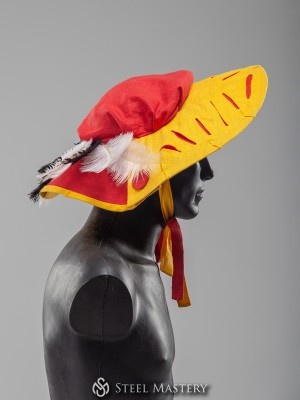
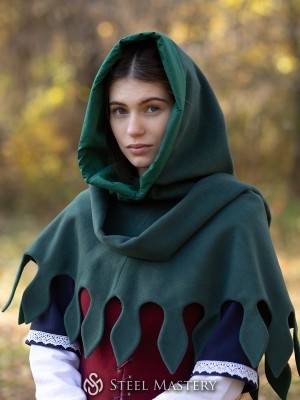
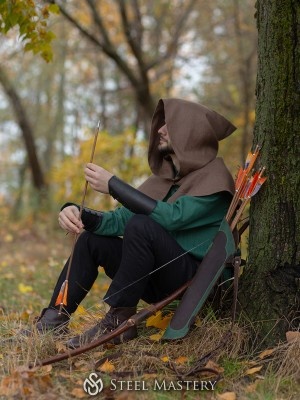



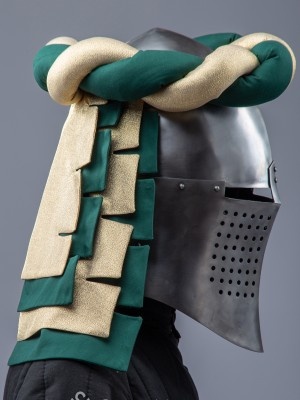
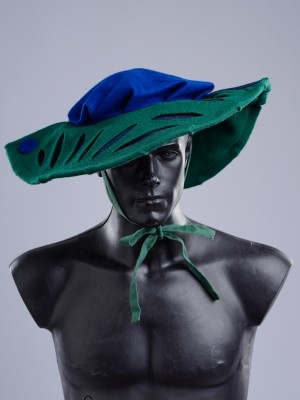
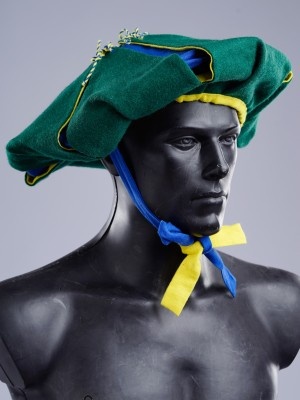
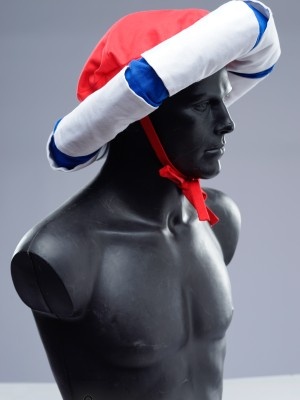
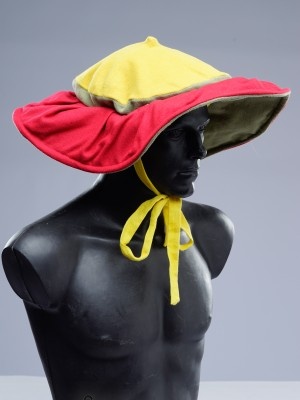
-0-3-0-1-3-300x400.JPG?v=1746523880)
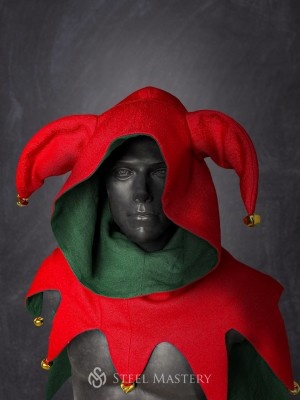
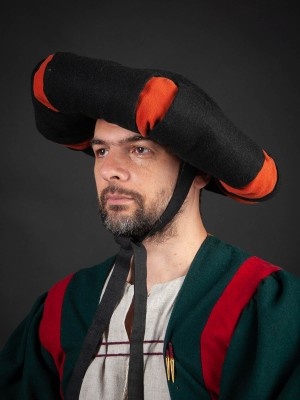
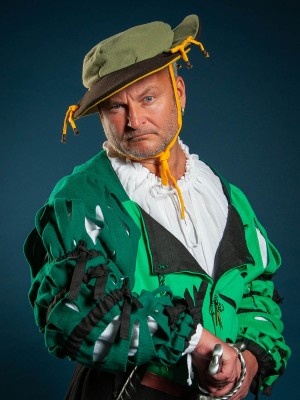
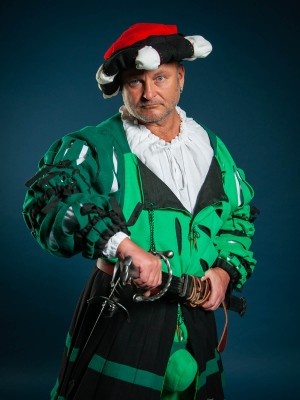
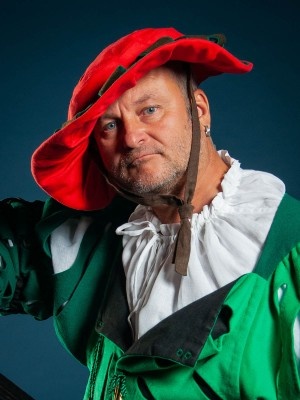
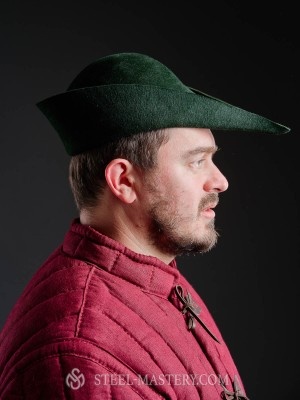
-0-3-0-1-3-300x400.jpg?v=1746523880)
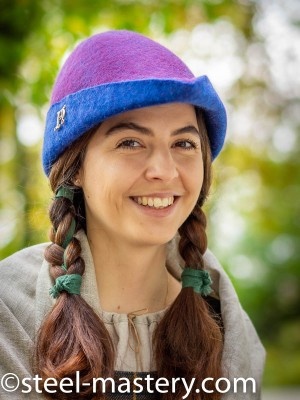
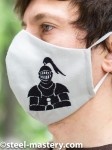
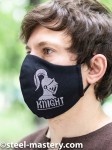
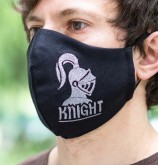
-0-1-3-185x235.jpg)
-0-1-3-185x235.JPG)
